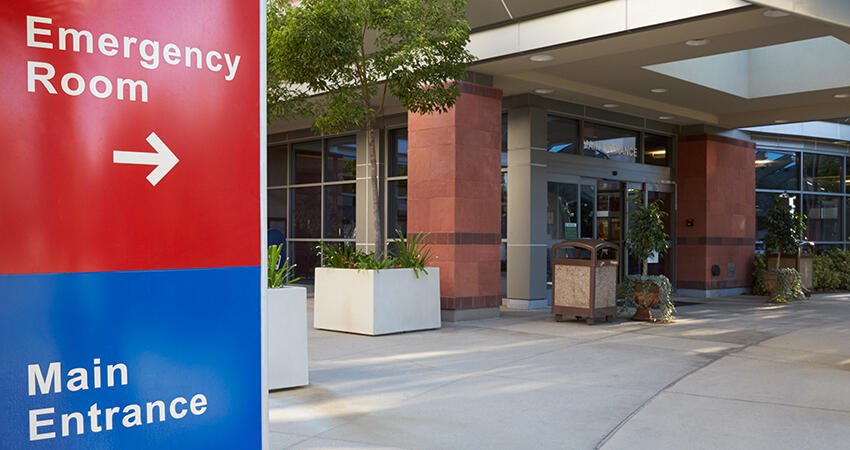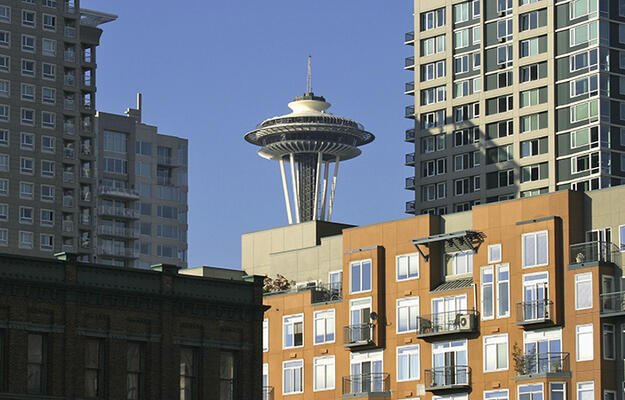
Monkey Business Images/Shutterstock
How Much Are Hospitals Investing in Community Development?
- Title:
-
Exploring Hospital Investment in Community Development
- Author:
-
Hannah Savage and Eileen Divringi
- Source:
- Publication Date:
-
2020
An earlier version of this abstract incorrectly stated that US hospitals spent a total of $341.4 billion on community development. We removed the error and added a new key finding about hospital investment in community health improvement services and contributions to nonprofits and community groups. (Corrected 2/1/2021).
This past year reminded us how important hospitals are to society. Treating COVID-19 patients and vaccinating countless Americans are just two ways they maintain our health and safety. But providing care to patients isn’t all hospitals do. As a condition of their tax-exempt status, nonprofit hospitals also invest in community health–promoting activities, such as care for low-income people, medical research, and addressing social determinants of health, like housing, the environment, and workforce development. A new study by the Federal Reserve Bank of Philadelphia explores how much nonprofit hospitals spend on community development–related activities.
The authors analyzed 2012 to 2016 data from Internal Revenue Service Form 990 Schedule H (a form dedicated to hospital organizations’ activities). The form has two areas where hospitals can report community–development spending: Part I for community-benefits expenditures and Part II for community-building expenditures.
Although there can be some overlap between these two areas of spending, in general, activities qualified as community benefits are those that provide subsidized or free health care to low-income people and those that improve the medical field, like conducting health studies and training health professionals. On the other hand, the form’s community-building activities section is where a hospital reports expenditures that are not required for tax exemption but are used to protect or improve the community’s health or safety.
Community building subcategories
- physical improvements and housing
- economic development
- community support
- environmental improvements
- leadership development and training
- coalition building
- community health improvement advocacy
- workforce development
- other expenses
Key findings
- From 2012 to 2016, hospitals reported $339 billion, or roughly $67.9 billion spent annually, on community benefits activities and $2.4 billion, or roughly $474 million spent annually, on community building activities. Hospitals are not required to engage in community building activities, but 59.1 percent of those in the study did.
- Of the $339 billion spent on community benefits, only a small portion went toward expenditures that have the greatest overlap with the community development sector: community health improvements services made up 4.1 percent of expenses and cash and in-kind contributions to nonprofits and community groups made up 2.8 percent.
- About 12.6 percent of hospitals reported expenditures under the “physical improvements and housing” subcategory of the form. These investments cost an annual average of $39.3 million over the five years of the analysis.
Policy implications
The authors suggest some reasons for the small share of community-building spending might be that hospitals do not have the in-house expertise to identify high-impact community interventions, view these expenses as outside of their scope, or struggle to tie hospital utilization outcomes to investment in upstream interventions—especially if the interventions are not directed at high utilizers. To overcome some of these barriers, the authors suggest the following for nonprofit hospitals:
- join multisector collaborations with public health and community-based organizations to better coordinate investments and increase funding for high-impact interventions
- reassess their real estate holdings and explore opportunities to leverage excess property for community benefit, such as donating or swapping land with a housing developer


